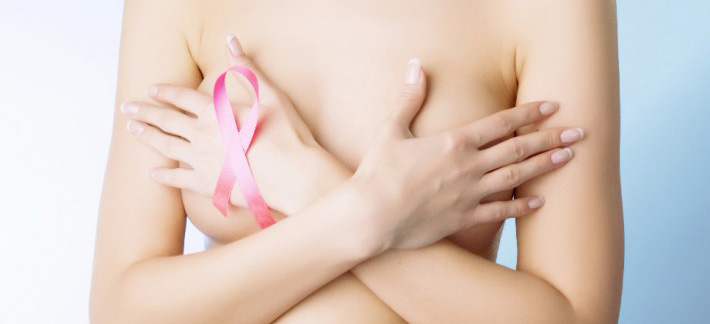Feeling Whole Again: Breast Reconstruction after Cancer Surgery
For many women who lose a breast or breasts after cancer surgery, breast reconstruction may be the best solution to feeling whole again. Using either implants or tissue borrowed from other parts of the body, the surgeon can work with the patient to restore one or both breasts to near normal shape, appearance, symmetry, and size. The reconstruction can begin at the time of the mastectomy or at a later date, depending on the type of surgery, follow-up treatment, and patient body type and state of health.
A One or Two-Step Procedure
Women who have enough tissue left after the mastectomy and who don’t require additional treatments (about 6-14%) may choose immediate breast reconstruction where the plastic surgeon begins the breast reconstruction during the same operation after the general surgeon has completed the mastectomy. Many women feel relieved to wake up to reconstructed breast or breasts, without having to face another surgery. For women who require further procedures, like chemotherapy, radiation, or even other surgery, it is best to wait to have breast reconstruction after other treatments are complete.
Most commonly, for women who have had extensive tissue removed, a two-stage procedure is necessary. The surgeon begins by placing an expander, operating much like an adjustable implant, beneath the skin and chest muscle. Over a period of two to three months, the surgeon injects a salt-water solution through a tiny valve beneath the skin. After the skin and muscle over the breast have stretched enough to form a pocket to house the implant, the surgeon removes the expander in a second procedure and places a permanent silicone or saline implant into the newly expanded “breast pocket.”
Before the implant is placed, the woman will discuss with her doctor how she wants her breast to look and feel to determine what type of implant best suits her needs, whether it be silicone or saline.
The “flap” breast reconstruction
Depending on the type of cancer surgery, some women elect to have an autologous or “flap” breast reconstruction, where the breast is shaped using existing muscle, fat, and skin (tissue) taken from other areas of the body. Common donor areas include the upper back and the stomach area (with the abdominal muscles preserved).
While breasts shaped from tissue from the woman’s own body feel and look more natural, possibly even fluctuating in size depending on weight gain or loss, the microsurgery necessary to attach the tissue is more complex; recovery may be longer and more difficult, with more pain and down time. Also, since healthy blood vessels are required for the new breast’s blood supply, the procedure is not recommended for women with diabetes, with vascular disease, or for those who smoke. Also risk of losing the entire reconstruction is a consideration if the flap does not survive.
Symmetry
For many women, it is important that both breasts look symmetrical. If the nipple has not been conserved during the mastectomy, a nipple can be shaped in a short, outpatient procedure using surrounding tissue from the breast. After the nipple has healed, about three months later, a woman may also choose areola tattooing to complete the process. In addition, if only one breast requires reconstruction, women may decide to have a breast lift, breast reduction, or breast augmentation for the opposite breast to improve symmetry of the size and position of both breasts.
While women face numerous decisions throughout the breast reconstruction process, most appreciate having enough options available to feel whole and comfortable in their bodies again.






